The rise of gated living
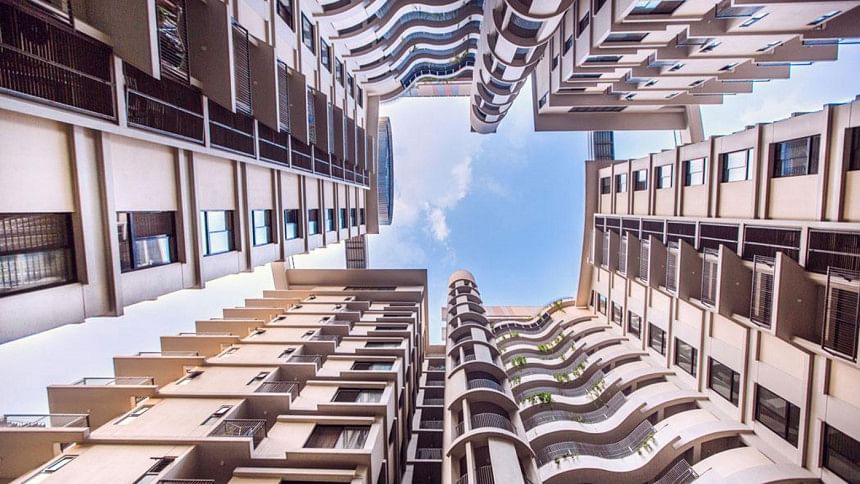
The surge of gated living across the urban landscape of Bangladesh, particularly in Dhaka, epitomizes a profound shift that is intertwined with notions of healthy living, security, and convenience. In densely populated urban setups, there is an increasing demand for accessible spaces where individuals can gather, socialize, and relish outdoor experiences without apprehension or fear. This is where gated communities step in to meet this need.
Comforts within boundaries
Although the origins of the first gated community are unclear, the motivations remain consistent: rising crime fears and concerns about municipal services drive their growth. Initially sought after by the wealthy, gated communities in America began around 1920. However, by the 1990s, they proliferated rapidly, catering to ordinary middle-class families.
Over the past two decades, Dhaka has witnessed a significant transformation in its residential landscape with the emergence of gated communities. This shift marks a positive development in addressing the shortcomings of the traditional residential system, which often lacked essential elements for healthy living.
The question may arise -- what are the most common features of a gated community? A residential area is enclosed by a physical barrier with restricted access, typically with closed gates during nighttime, offering residents access to community amenities. "When people live inside such a community, they usually do not need to get outside," said Professor Adil Mohammed Khan, Executive Director of the Institute for Planning and Development (IPD).
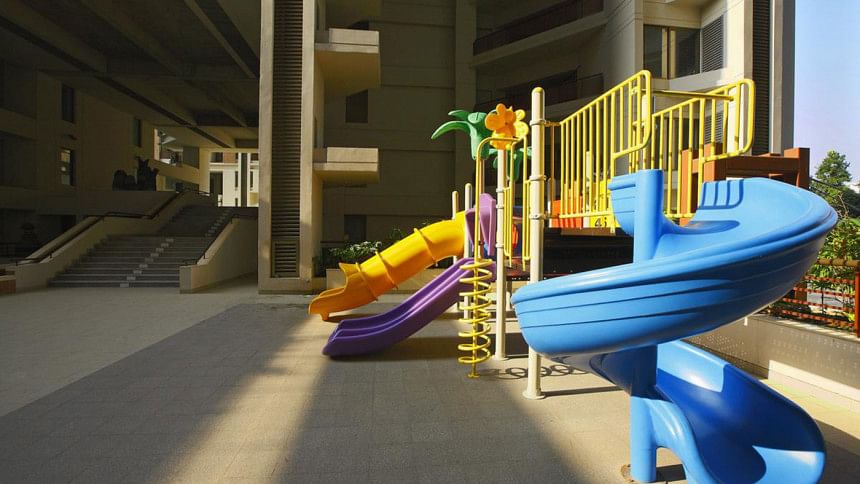
Aligned with the global trend, the enhanced safety and security offered by gated communities, particularly in urban areas where crime and unauthorized access are prevalent concerns, make them a preferred choice, added Dr. Adil.
"The concept of gated community has taken a new localized shape which is catering the local demands considering the challenges such as land scarcity compared to population density. This is the future of the real estate industry of Bangladesh," said Aysha Siddiqua, Executive Director of BTI.
Condominium projects often form part of gated communities, providing residents with shared amenities and security features within a controlled environment. This association enables residents to enjoy the benefits of both condominium living, with individually owned units, and the security and communal facilities of a gated community.
The inaugural condominium project in Mohammadpur, Dhaka, was initiated by a Japan-Bangladesh Joint Venture Company in 2004. Subsequently, various real estate developers, including BTI, Concord Real Estate Limited, Navana Real Estate, Sheltech, and many others, embarked on condominium projects in Dhaka. Sanmar Properties pioneered the concept in Chattogram, while East Valley Development Ltd led the way in Sylhet.
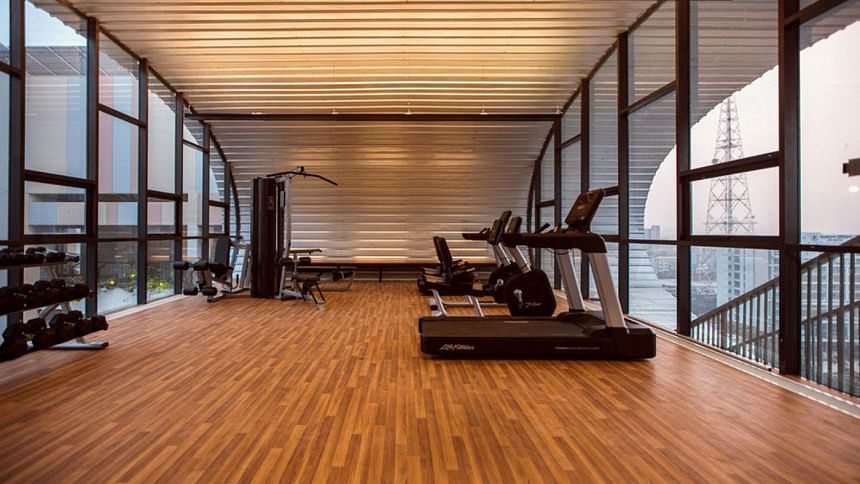
As per the Real Estate and Housing Association of Bangladesh (REHAB) 2022 estimation, developers have constructed 184 condominium projects nationwide over the past 18 years, providing housing for approximately seven lakh people. Dhaka boasts the highest number of condominiums followed by Chattogram, and Sylhet as reported by REHAB.
"People are concerned about how the younger generation is growing up, confined within four walls, spending time on computers and cellphones instead of playing outdoors with peers. But are these kids left with any alternative? The answer is no. However, condominium projects, featuring clusters of buildings with individually owned units, are emerging as catalysts in bridging this gap," explained Shihab Ahmed, Senior General Manager and Head of Sales & Customer Service at Shanta Holdings Limited.
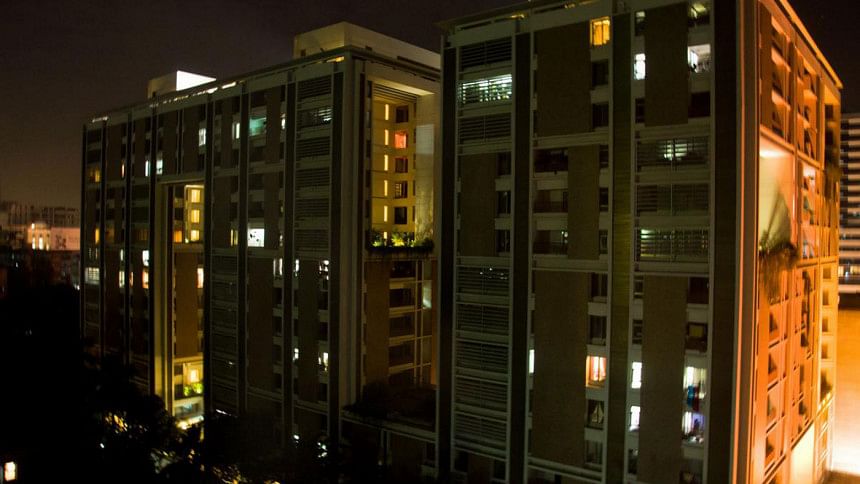
With controlled access points, perimeter walls, and round-the-clock security surveillance, residents experience an enhanced feeling of safety and security within the community. "When parents are confident their children are secure within defined boundaries, landscaped parks, elderly individuals can socialize with peers, and housewives have the chance to establish their own networks, it fosters an environment that city dwellers have long yearned for," explained Aysha from BTI.
The company has nine ongoing projects in Dhaka and Chattogram which they aim to start handing over at the end of 2024. Luxury apartments within the condominiums may range from Tk15-30 crore in price, whereas ordinary ones typically fall between Tk1-5 crore, varying based on their location. Furthermore, shared amenities like swimming pools, gymnasiums, mosques, super-shops, and community centers cultivate a lively social ambiance and encourage a healthy lifestyle amidst aesthetically pleasing surroundings. By providing this comprehensive approach to residential living, condominiums have begun to attract not only affluent buyers but also middle-income individuals.
Additionally, the perception of condominiums solely catering to upscale residential needs in prime urban areas has shifted, thanks to numerous projects because of infrastructure development such as metro rail and elevated expressway.
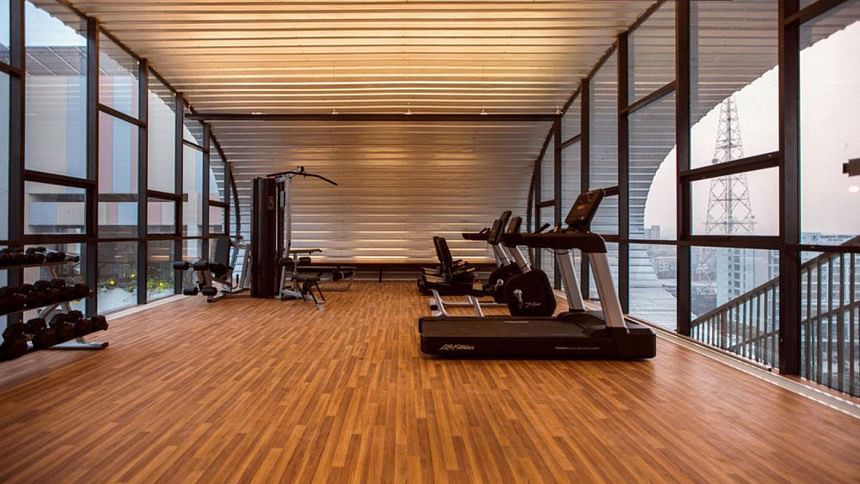
Impact of infrastructure development
Developer firms have launched fresh condominium projects in locations such as Mirpur, Mohammadpur, Rampura, and Malibagh, mainly in response to the infrastructure advancements occurring in those regions. "Shanta's latest condominium project in Mirpur was launched following the establishment of the Metro's depot in Diabari, near the DPS STS school. Our commitment is to offer our customers comprehensive service," stated Shihab. Navana Real Estate Company has four ongoing condominium projects in Mirpur, while Rangs Properties also has several ongoing projects in the area.
Developer companies have already laid out plans to establish condominium zones in the outskirts of Dhaka, including areas like 300 feet Kanchpur and Bosila. As of 2022, an estimated BDT 2 lakh crore has been invested in these projects. According to Rajdhani Unnayan Kartipakkha (Rajuk), developers have submitted applications for additional condominiums in these peripheral areas. Shanta Properties has 10 such projects in the design phase and plans for a major project at 300 feet. Rakeen Development Company has initiated a condominium project covering 150 bighas of land in Kanchpur, indicating further expansion in the outskirts of Dhaka.
A wise investment or not?
From an investment standpoint, gated communities often boast higher property values compared to non-gated developments. According to one real estate developer, luxury apartments within condominiums are priced higher than ordinary ones, contingent upon their location. However, when considering the long-term facilities, the disparity is minimal, as noted by Shihab of Shanta.
Gated communities attract potential buyers seeking exclusivity, security, and premium amenities, often justifying their premium price tags. Additionally, stringent regulations and collective maintenance efforts aid in effectively preserving property values over time.
"Depending on the population size, certain facilities need to be ensured within the community. For example, a gated community with 500 residents should have a primary school as per standard regulations," said Adil. He noted that the gated communities must have adequate facilities to accommodate the large number of people living there.

Certain projects, such as Japan Garden City and Pink City, have fallen short of fulfilling their commitments. Despite the abundance of condominiums across the country, buyers often voice grievances about the failure to deliver promised facilities. Adil emphasized the need for authorities to take action and address these ongoing issues to ensure buyer satisfaction and uphold the integrity of the real estate sector.
However, gated communities in Bangladesh may encounter social challenges similar to those observed in other global communities, as some argue that they perpetuate socio-economic segregation by creating physical barriers between different segments of society, as highlighted by Adil Mohammad.
"The larger the area, the more prospect of inclusion in terms of features. Reliable real estate companies are undertaking projects, particularly in the peripheral areas of Dhaka, considering the land scarcity within the metropolitan area, so that they can maximize the amenities," said Shihab.

 For all latest news, follow The Daily Star's Google News channel.
For all latest news, follow The Daily Star's Google News channel. 



Comments